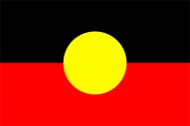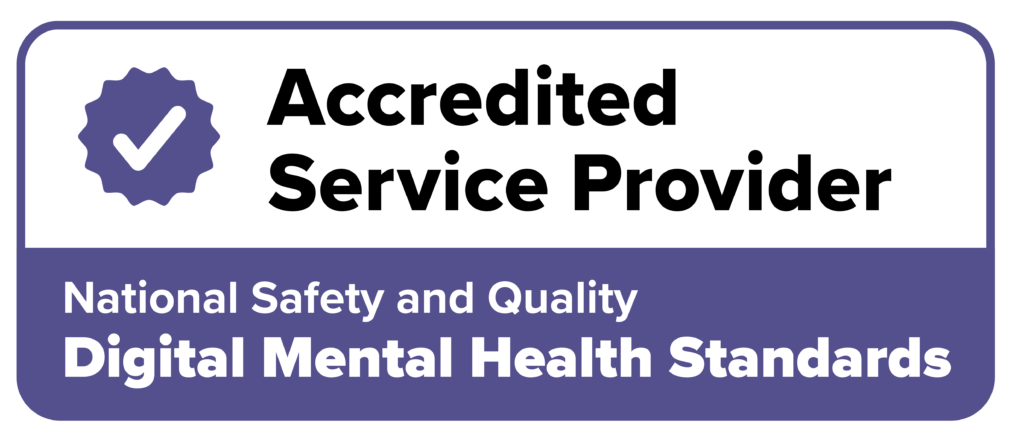Trauma in early childhood can be especially harmful. Early childhood trauma generally means trauma between birth and the age of six. A child’s brain grows and develops rapidly, especially in the first three years. Young children are also very dependent on the caregivers for care, nurture and protection. This can make young children especially vulnerable to trauma. When trauma occurs early it can affect a child’s development. It can also affect their ability to attach securely, especially when their trauma occurs with a caregiver.
What is Childhood Trauma?
The National Institute of Mental Health (USA) defines childhood trauma as:
“The experience of an event by a child that is emotionally painful or distressful, which often results in lasting mental and physical effects.”
Childhood trauma can occur when a child witnesses or experiences overwhelming negative events in childhood. Many childhood experiences can overwhelm a child. These can occur in relationships such as with abuse, assault, neglect, violence, exploitation or bullying. This is known as interpersonal trauma – trauma that happens between people.
Children can also experience traumatic events. These include accidents, natural disasters, war and civil unrest, medical procedures, or the sudden loss of a parent or caregiver through death, divorce, force adoption, separation or imprisonment.

How can you explain childhood trauma which happen between people?
Interpersonal childhood trauma can be understood in this way:
A person or people do something which harms a child or young person:
A child or young person:
- is sexually, physically, emotional abused, exploited or trafficked. This can happen at home, in the community or in an organisation.
- witnesses or experiences violence in the home or family
- is bullied in person or online
- witnesses or experiences violence in the community. This can happen with civil unrest or war, and is not uncommon for children who are refugees or asylum seekers
A child or young person experiences trauma because their parent or caregiver is affected by their own trauma.
This can mean that the parent/caregiver cannot meet the child’s emotional or physical needs. Most parents have good intentions. When a parent is still affected by their own trauma they might not be able to bond securely with their child and can limit safe connection.
This can occur when a parent or caregiver:
- has a chronic physical or mental illness
- has a serious accident
- misuses substances e.g. alcohol or drugs
- dies, is imprisoned, divorces or separates
A child or young person is not well cared for, protected or nurtured.
This occurs with physical or emotional neglect, and can be more common in situations of poverty or discrimination.
Adverse Childhood Experiences Study (ACES)
International surveys show that traumatic experiences are very common across the world. One study showed that nearly half of all children in the United States are exposed to at least one traumatic social or family experience (Bethell et al, 2014).
The Adverse Childhood Experiences (ACE) Study (Felliti and Anda, 1998) is well known. The study included more than 17,000 people. It is a long-term study going on since 1995. The people studied were mainly white, middle class, college-educated Americans (Felliti et al., 1998). It is often referred to when looking at childhood trauma and how it can affect a person’s health and life.
The ACE study looked at the connection between childhood trauma and adult health. It showed that adverse childhood experiences are much more common than recognized or acknowledged. It also showed that they can have serious impacts on adult health, even fifty years later (Felliti, 2002).
This study puts childhood trauma into ten categories:
Abuse of child:
emotional, physical, sexual abuse
Trauma in child’s environment:
Parental substance abuse, parental separation and/or divorce, mentally ill or suicidal household member, violence to mother, imprisoned household member
Neglect of child:
abandonment, child’s basic physical and/or emotional needs unmet
In the ACE study each of these ten categories is given a score of one. These scores are added up to make what is called the ACE score. The World Health organisation developed a questionnaire to measure ACE scores in all countries. This is called the ACE International Questionnaire (ACE-IQ). It added other categories beyond the ten of the ACE study e.g. peer violence. The questionnaire asks questions about family function; physical, sexual and emotional abuse and neglect by parents or caregivers; peer violence; witnessing community violence, and exposure to collective violence.
How common is Childhood Trauma?
Of these 17,000 people across each ACE category: 29.5% reported parental substance use; 27 % physical abuse; 24.7 % sexual abuse; 24.5 % parental separation or divorce; 23.3% mental illness; 16.7% emotional neglect; 13.7% mother treated violently; 13.1 % emotional abuse; 9.2% physical neglect; and 5.2% had a household member in prison (Centres for Disease Control and Prevention, 2016). Almost two-thirds of people in the study reported at least one ACE category. More than one in five reported three or more ACE categories.
In Australia one in four adults – approximately 5 million people – are estimated to have experienced significant childhood trauma. This trauma occurred in their home, family, neighbourhood, or within institutions (Kezelman et al., 2015).






